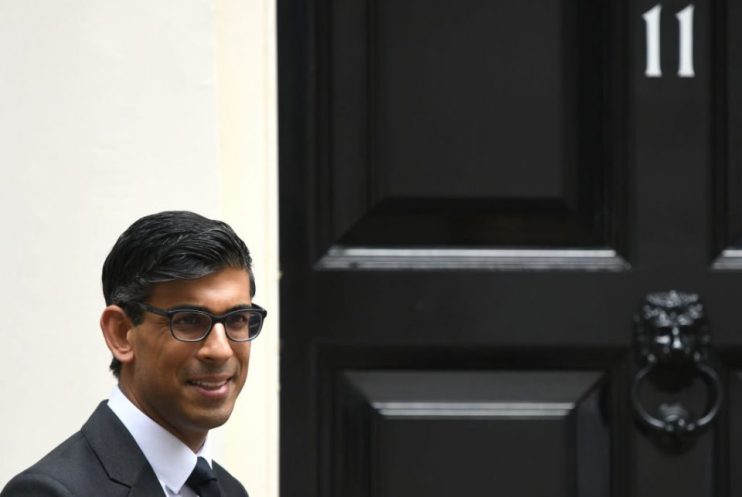Government borrowing in August hit £20.5bn

Government borrowing stood at £20.5bn in August, down from £26bn the previous year, according to official data.
The Office for National Statistics (ONS) said last month’s figure was the second highest August borrowing since records began in 1993.
The data shows borrowing so far this financial year has reached £93.8bn since the end of March – £88.9bn less than the same period a year ago.
Borrowing was higher than forecasts with economists polled by Reuters reporting an average forecast borrowing of £15.6bn for August.
Central government receipts in August were estimated to have been £61bn, £5.3bn more than in August 2020.
Of these receipts, tax revenue increased by £4.1bn to £45bn.
Public debt as a share of GDP totalled 2.023tn pounds or 97.6 per cent of GDP in August, the highest ratio since March 1963.
Chancellor of the Exchequer, Rishi Sunak said: “As we Build Back Better from the pandemic, we are continuing with our Plan for Jobs, getting more people into work, supporting businesses, and investing in our public services.
“At the same time, we are determined to get our public finances back on track – that’s why we have set out the focussed and responsible steps we are taking to keep debt under control.”
Sunak is set to outline targets for the government to stop borrowing to fund day to day spending within three years.
Government borrowing dropped sharply to £10.4bn in July, from £21.5bn in June, as the government marked a drop in spending on Covid support as the economy reopened.